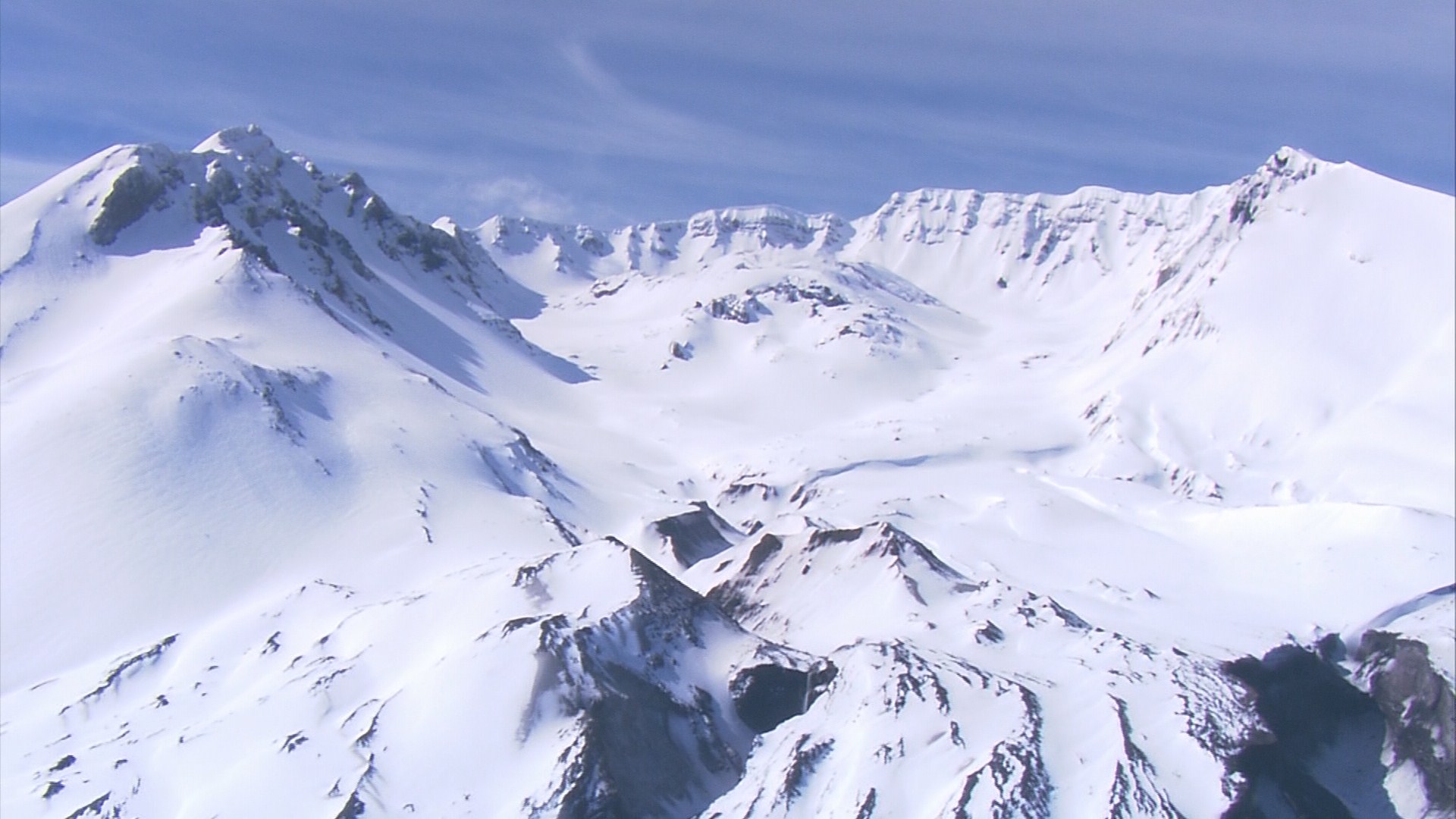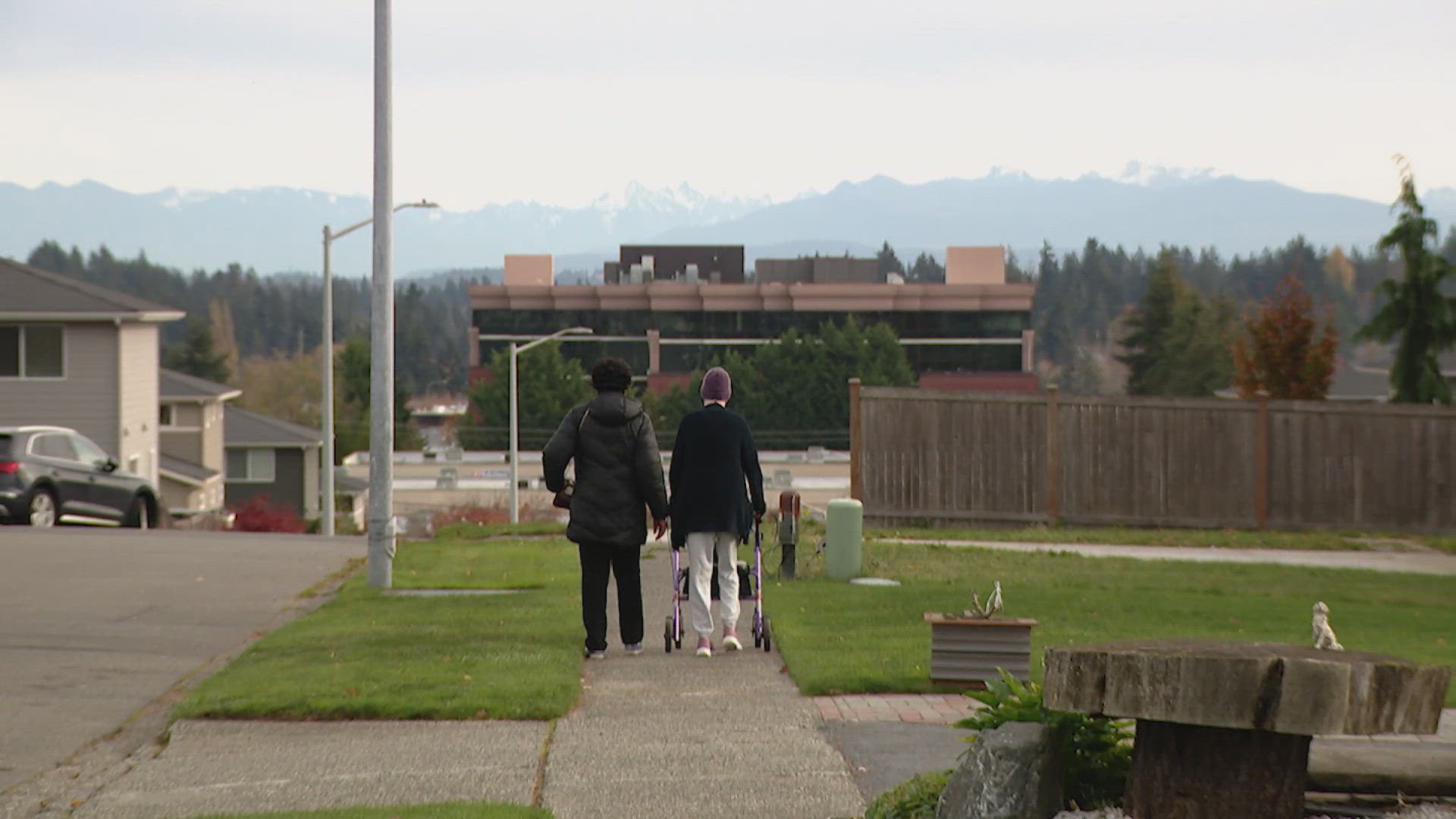SEATTLE- Seismologists at the University of Washington are among those now starting to read and analyze data from a massive scientific investigation exploring the hidden plumbing beneath Mt. St. Helens.
How much liquid rock known as magma is down there? By figuring out the amount of magma and where it is, and the size of the chambers holding it, will help scientists understand the explosive potential for future eruptions. The May 18, 1980, eruption killed 57 people.
In the last two weeks, a series of 23 underground explosions or shots were set off around Mount St. Helens. They were picked up by a temporary network of thousands of seismometers, as well as 70 broadband seismometers that will remain and record natural earthquakes for the next two years. This is all in addition to the permanent Pacific Northwest Seismic Network based at the U.W.
Other institutions involved in the research include Rice University in Houston, Texas. Think of the examination as a sort of ultrasound, where the timing of the recording of both the shots and the earthquakes, millions of data points, can be combined to form a high resolution picture of the magma underground for the first time.
Why the concern? Rice university professor Alan Lavender, who is playing a leading role, put it this way. Western Washington and the Northwest - from Portland, Oregon, to Vancouver, B.C. - is becoming a mega-city much like Los Angeles and the Northeast Corridor.
Mount St. Helens is only about an hour s drive east of I-5, and depending on wind direction, abrasive ash could coat the populated western side of the Cascade mountains. The ash is bad for the lungs as well as destructive to machinery like cars and aircraft. In the 1980 eruption, the Sunday morning blast blew a thick cloud of ash east over cities like Yakima, which turned dark in the middle of the day as the cloud blocked out the sun.
Such mapping technology was used to show the shape of a massive magma chamber under Yellowstone. Yellowstone is considered a super-volcano. The Yellowstone project was published in 2009. The Mount St. Helens project is expected to have even higher resolution.
But scientists see the information gleaned from Mount St. Helens as a guide to better understand Mount Rainier and other Cascade volcanoes. Mount Rainier is considered one of the world s most dangerous, because it s not only bigger than St. Helens, it is much closer to the populated areas of Tacoma and Seattle.


